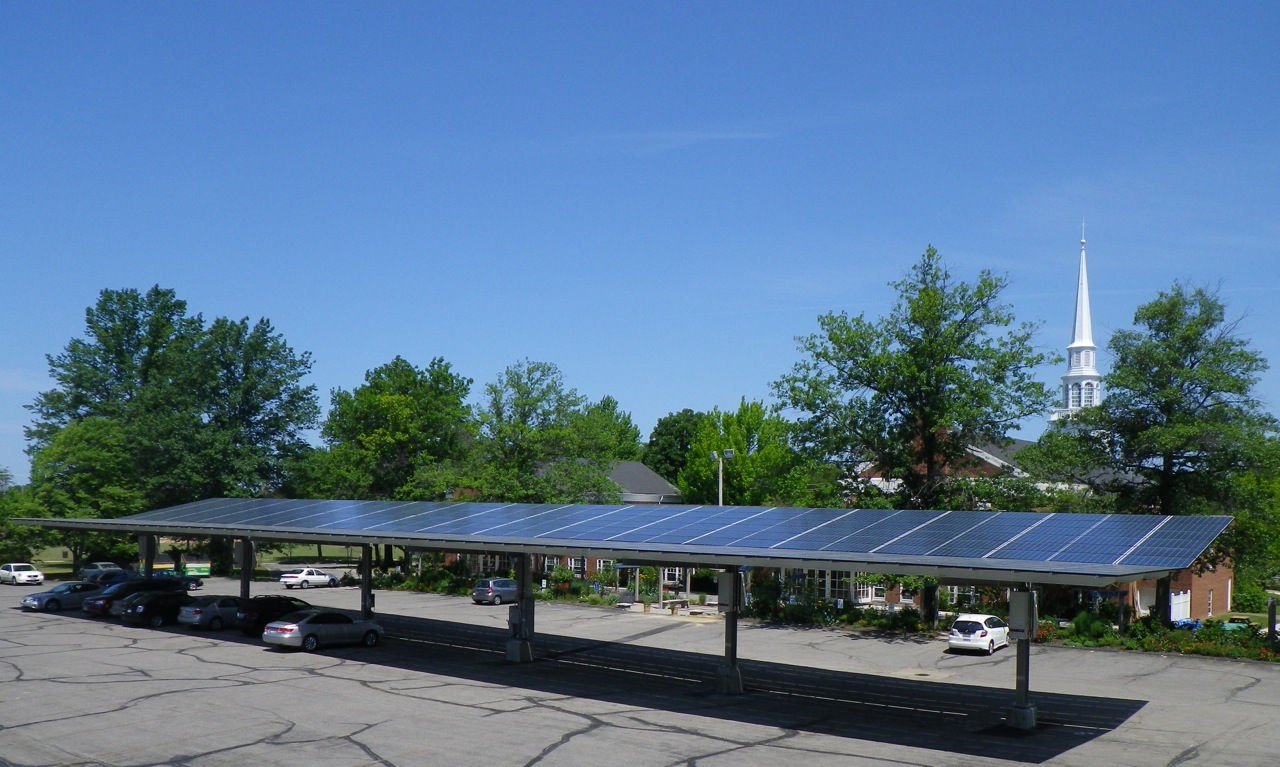
-Photoroom.png)
COMMERCIAL CASE STUDY
FOREST CITY APARTMENTS
KEY NUMBERS
Solar Array Size
189 kW
Annual Production
178 MWh
Located at 1400 W 25th Street in Cleveland’s Ohio City neighborhood, Forest City Apartments is a three-story, 38-unit affordable housing community offering studio, one-, and two-bedroom floor plans ranging from approximately 491 to 968 square feet. The building features modern amenities such as a rooftop patio, fitness center, business center, community garden, and free Wi-Fi. As one of Cleveland’s greenest buildings, it is powered 75% by a 189 kW rooftop solar system, making it a standout example of sustainable urban
PROJECT OVERVIEW
Better Together Solar partnered with Snavely Group and Dimit Architects to bring solar power to Forest City Apartments, a historic rehabilitation project located in Cleveland.
As part of the building’s green redevelopment, a 189 kW solar energy system was designed to meet Enterprise Green Communities +20 criteria and offset 75% of the building's energy use. To achieve this target, solar panels were installed across nearly all available rooftop space, including on a carport canopy and custom steel frames repurposed from an old billboard.
The system was designed with a flush mount to preserve the architectural integrity of the historic structure, keeping the array discreet from street view while maximizing production potential.
ENVIRONMENTAL IMPACT
The 189 kW solar system at Forest City Apartments produces over 225 MWh of clean energy annually, resulting in approximately $35,000 in yearly savings. Over its 30-year lifespan, the system will reduce thousands of metric tons of carbon emissions while lowering utility costs and supporting Cleveland’s transition to renewable energy.
OUTCOME
Forest City Apartments now stands as a model for how solar energy can be integrated into affordable housing and historic buildings without compromising design.
The project received multiple recognitions, including the Preservation Achievement Award and Best Multi-Use Rehabilitation in 2020. More importantly, it proves that solar power is not only feasible in Cleveland’s climate—it’s effective, economically beneficial, and a cornerstone of sustainable development in the region.


